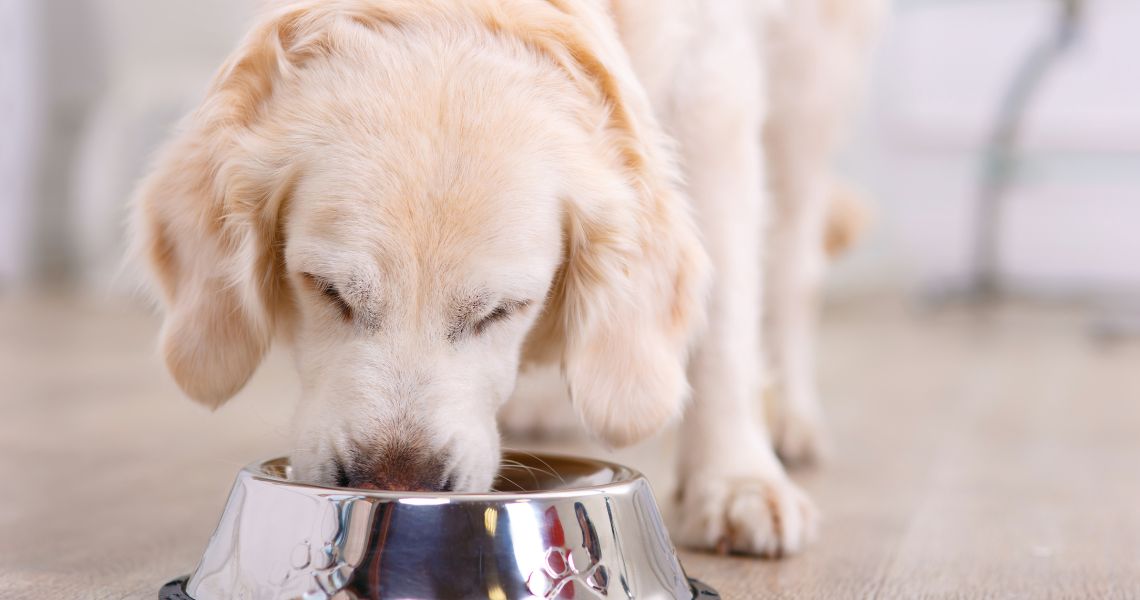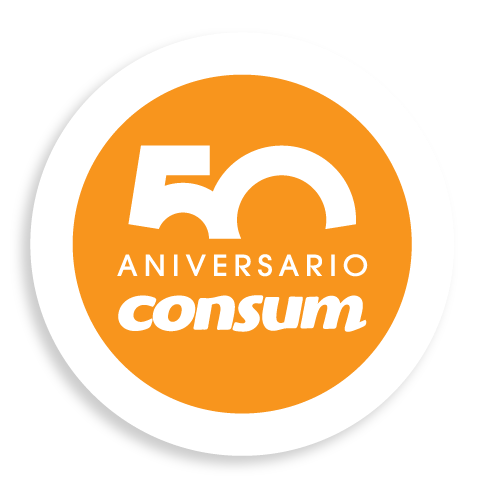BARF diet for dogs: what it is, benefits and how to start
Find out more about the BARF diet for dogs. Discover the benefits, risks and practical tips for introducing this natural food into their routine.

What is the BARF diet for dogs and what is it based on?
The BARF (‘Biologically appropriate raw food’) diet tries to mimic the way dogs eat in nature, making it the most natural and appropriate diet for our dogs.
This diet basically consists of 70% raw animal protein, mostly lean meat, but also includes fish, 10% raw and soft edible bones and 20% raw miscellaneous foods such as fruit, vegetables, eggs and offal. If we offer this diet to our dog, we must ensure that it’s of high quality and balanced, whether we prepare it ourselves or buy it ready to eat.
This diet has a cooked version, which is also a very good option, especially for senior dogs.
Main benefits of the BARF diet for your dog
- Joy and enthusiasm at lunchtime. Your dog will be happy and content.
- Helps the coat to be fuller, shinier and healthier.
- It makes them drink less water, because the foods in this diet provide them with the nutrients and hydration you need.
- Balances their weight, as fat is lost and muscle mass is gradually gained.
- Bowel movements become less frequent and stools are smaller, as the food is fully utilised and very little is wasted.
- In many cases, it even helps resolve health issues, such as stomach problems, skin conditions, coat quality, allergies, and intolerances.
- It prevents health problems in the medium and long term.
- The immune system is strengthened.

Risks and precautions to take into account
Despite the great benefits of this diet, the transition from kibble to BARF should be carried out under the guidance of a professional canine nutritionist to create a personalised menu for your dog, depending on its characteristics, such as age, size, possible pathologies, energy level and daily activity.
It’s important to carry out the transition gradually and under the supervision of the professional who has designed your dog’s diet. Above all, make sure to follow proper hygiene guidelines to avoid bacteria and parasites in raw food, and, most importantly, only provide suitable raw bones to prevent any accidents. For dogs that are unable to chew bones, they can be offered ground or minced.
Allowed and forbidden foods in the BARF diet
The BARF diet only forbids foods already known to be toxic to dogs, such as grapes and raisins, avocado, onion and garlic, nuts, tomato, and chocolate.
It’s also very important never to give cooked bones, as they can splinter and become lodged in the animal’s throat, stomach, or intestines.
With these small precautions, if you decide to follow this diet, you will have a happy and healthy dog that will thank you for it. Give it a try!
What do you think about?
Share comments, opinions and tricks with the Community







